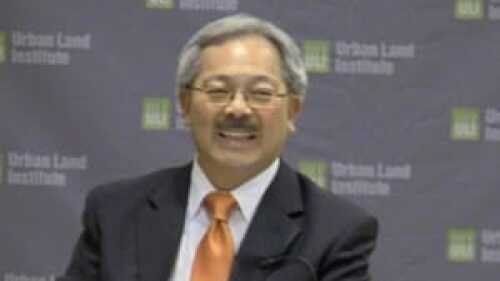Industry Sectors
The enormous volume of traffic at Los Angeles’s two major ports has made the city America’s trade capital. Over the past few decades, the ports of Los Angeles and Long Beach have propelled southern California’s rise as a regional trade giant. Learn what is fundamentally changing the landscape regarding industrial property, as well as the region’s position as an import-based economy.
Though myriad economic development financing tools are available to local and state government officials and practitioners, from a practitioner’s standpoint, five in particular are more successful at furthering economic development objectives at the local government level. Read about the pros and cons of each tool, and view a report card grading each for its flexibility and positive impacts.
ULI’s first China Cities Survey report, based on a survey conducted this past March to gauge investment and development prospects for 16 of China’s larger cities, found the majority to be “of strong interest” to investors active in the region. Read which cities ranked highest for investment possibilities and how they stacked up against U.S. and European cities.
Arlington Heights Sports Park, a new 35-acre (14-ha) public venue for sports and a community amenity in Riverside, California, shows how innovative approaches to project delivery can yield positive results. Read about the advantages a design/build process brought to the project, and the special considerations that must be addressed when designing a field to accommodate several sports.
San Francisco is using private/public partnerships to transform formerly blighted areas into the city’s new economic engines, according to Mayor Edwin M. Lee on a recent visit to the Urban Land Institute as the inaugural speaker for the ULI “Urban Innovators” series, launched as part of ULI’s 75th anniversary. Read what successful measures Mayor Lee highlighted in private/public partnerships and redevelopment to help create new economic engines in San Francisco.
The Trepp LLC survey showed spreads stabilizing to even narrowing a bit during the most recent survey period. Deals appear to be happening as everyone looks over their shoulder waiting for the next shoe to fall somewhere in the global capital markets. So…hurry up and get your deals done while rates are as low.
A flexible service office provides business space on a flexible, short- to medium-term basis to occupiers, especially larger corporations and companies that want to test a new market/location, small and medium enterprises, and startups. Read about the market links between these flexible spaces and traditional offices.
The Trepp LLC survey showed spreads widening dramatically during the survey period (an average of 15+/- basis points) as concern about non-real estate factors such as the Federal Reserve’s activities, the Euro-financial market crises, and the a perceived increase in Sovereign risk, to name a few, weighed on lenders minds and lending strategies.
The United States faces a tidal wave of rental housing demand—a fact that Congress does not understand, said J. Ronald Terwilliger at the ULI Terwilliger Center for Workforce Housing Policy Symposium, held on September 21, 2011, at the Washington, D.C., headquarters of the Collingwood Group, the sponsor. But demand is just part of the problem; affordability, he said, is another issue.
The federal government subsidizes housing to the tune of over $200 billion per year, with the mortgage interest deduction alone accounting for much of that, said panelists at the ULI Terwilliger Center for Workforce Housing’s Policy Symposium, held September 21, 2011, at the Washington, D.C., office of the Collingwood Group. This, they agreed, is on the deficit reduction chopping block.






